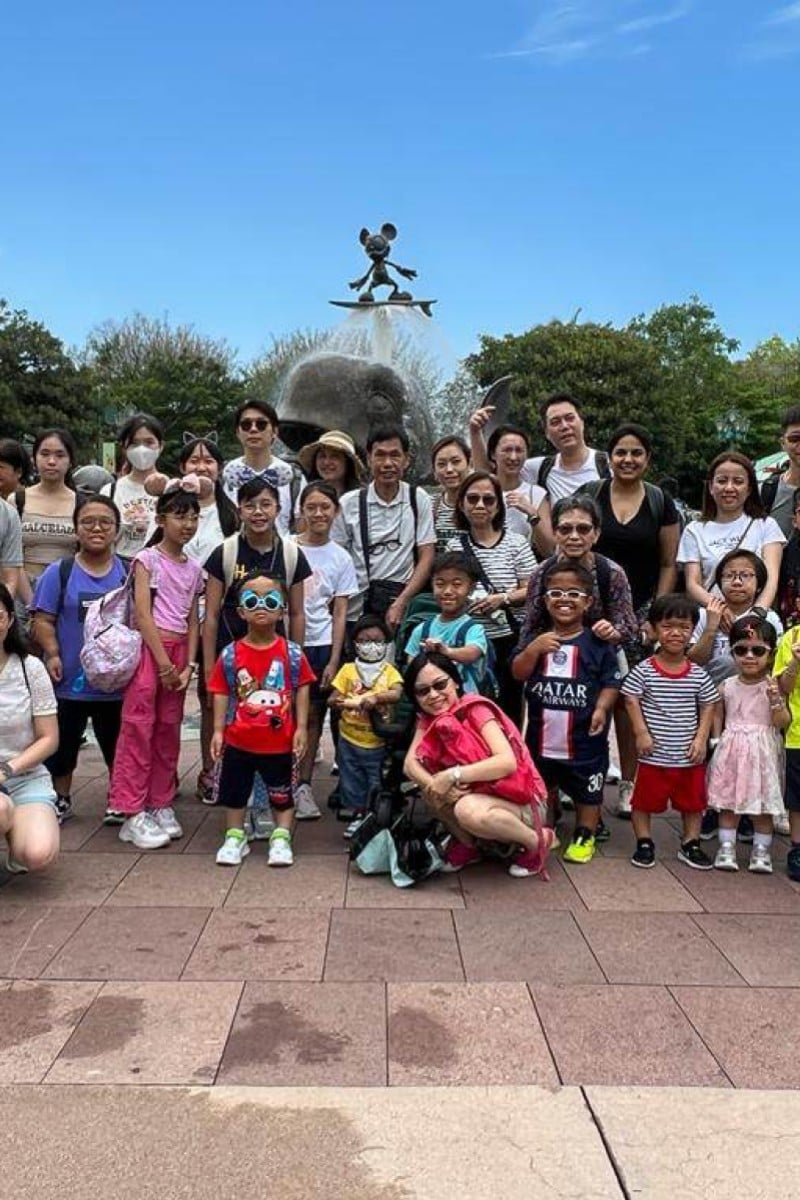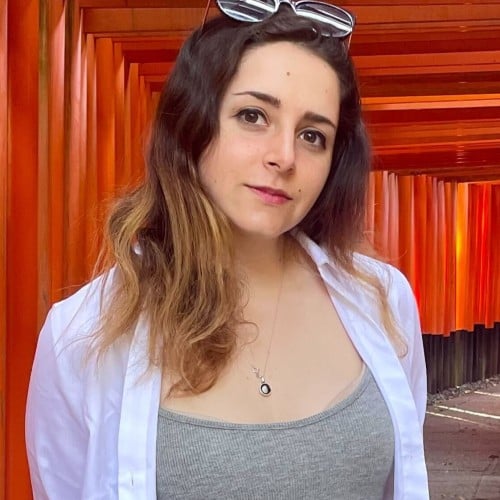
Explainer: What is dwarfism, and how could Hong Kong be more inclusive of those who have it?
Doctors and members of Little People of Hong Kong explain the condition, common stereotypes and how society could be more supportive.
 Members of Little People of Hong Kong together at an event. Photo: Handout
Members of Little People of Hong Kong together at an event. Photo: HandoutOctober was Dwarfism Awareness Month, a time dedicated to spreading awareness about the condition. How much do you know about dwarfism? Young Post spoke to medical experts and people from the community to learn more. Check out our explainer of things you should know!
What is dwarfism?
Dwarfism describes people with a height of four feet 10 inches (127cm) or less. It is considered a disability. The preferred term for someone with dwarfism is a “little person”.
“There are actually more than 400 [types of] dwarfism,” explained Dr Sarah Poon, a paediatrician in Hong Kong.
Some forms of dwarfism can have more health challenges. Most little people have a normal life expectancy with treatment for their symptoms.
Poon said the most common cause of dwarfism is achondroplasia. It affects about one in every 20,000 to 30,000 people. Achondroplasia limits bone growth in the limbs and leads to abnormal growth in the spine and skull.
Children with dwarfism discuss why accessibility, awareness are needed in Hong Kong
Medical options for little people
Some choose to undergo limb-lengthening surgery.
Dr Evelyn Kuong is an orthopaedic surgeon in Hong Kong. She explained that this surgery can make someone 10 to 15cm taller.
The process involves breaking the bones in the legs and lengthening them by 1mm daily. It is a complex and risky procedure. The entire process can take more than a year.
Kuong said many disagree with the surgery. Still, it could help some individuals, especially in Hong Kong. “Unfortunately, society here is more rigid and unaccommodating for short people,” she said.
Some have chosen not to have this surgery. Six-year-old Novah Macalligan, who has a form of cartilage hair hypoplasia, does not consider this as an option for herself. She said she doesn’t want to change.
“I hate that word, change – [to] change who you are,” Novah said. “If you change who you are ... you couldn’t be who you are.”
Her mother, Cruzanne, said the world must learn to support people with dwarfism: “We could change things in society rather than having to change our kids.”
Challenges little people face
Most public facilities, such as restrooms, lifts and bank machines, are not made with little people in mind.
Serene Chu is the founder of Little People of Hong Kong (LPHK), which celebrated its 10th anniversary in October. The NGO provides resources for little people and educates others about the condition.
Chu is also the mother of a child with dwarfism. She explained that little people struggle to find jobs because of stereotypes. “An employer would think [a little person] doesn’t have the ability to do the job,” Chu said.
Poon said another harmful stereotype is that little people also have intellectual disabilities. This is untrue for most individuals with dwarfism.
Accessibility and respect
Chu feels that the best way to help those with dwarfism is through accessibility. For example, schools should install ramps, place stools in toilet stalls, and allow students to use the lift if needed.
She also emphasised the need for respect. “People with dwarfism deserve to have the same education and job opportunities. Give them the opportunity to do what they want to do.”
To test your understanding of this story, download our printable worksheet or answer the questions in the quiz below.
